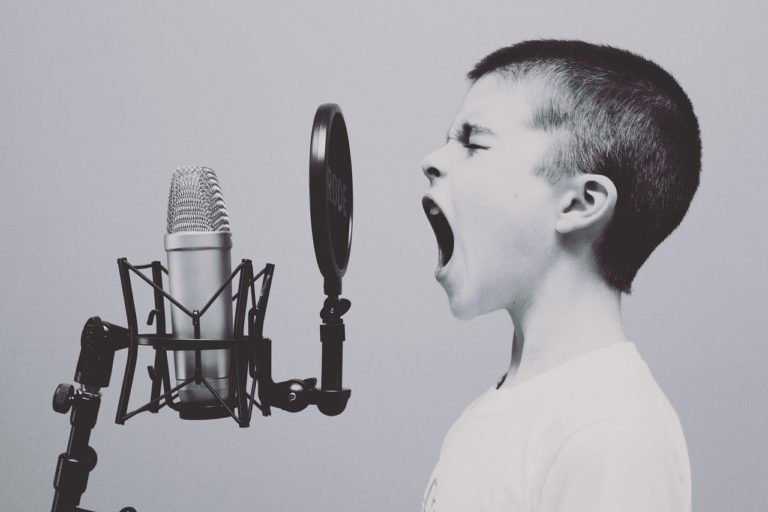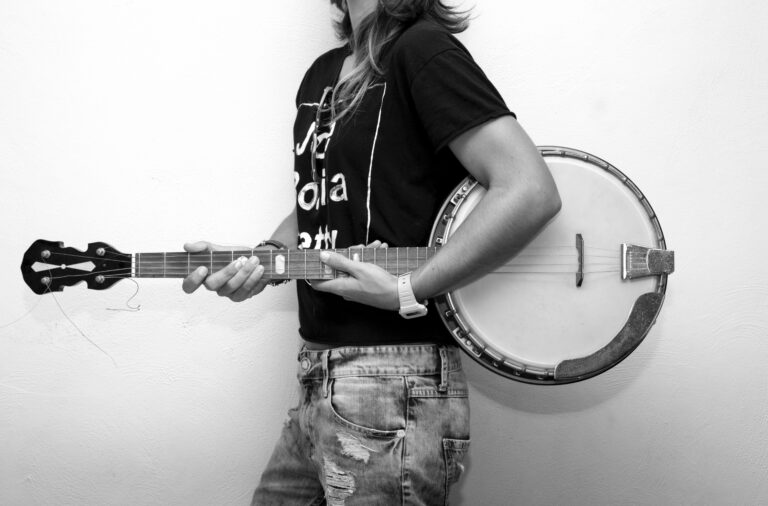Should albums have intros?
When music fans discuss should albums have intros, it is a move that split audiences down the middle. After all, is it worth sacrificing a full song for something different? So, should albums have intros?
Yes, they should, but only if the band has a good reason for them. They shouldn’t be crammed into your music because a band has nothing else to put there. Good bands use them to express certain themes, tell a story, try a distinct style, or sound artistic.
Many albums use intros that help them stand the test of time. These intros set the stage for an epic piece to come. For more examples of intros in action, keep reading.
What are the different introductions for musical albums?
The idea of an introduction piece is not as simple as it sounds. After all, bands have plenty of scopes when creating an intro piece.
Bands can use spoken word pieces, orchestral rises, or even just a band building up to things. That’s why there are plenty of intro types a band can use. Some of these can include:
Orchestral pieces
Nothing starts things bigger than orchestral music. It gives listeners the anticipation that something big is about to unfold. They can vary in length too. Some are short, rising into a grand crescendo. Others are long and can tell stories or suggest themes. Either way, they are a great way to make immediate impacts.
Spoken monologues
Spoken pieces often catch people off guard. Listeners put on an album expecting to hear music—not people talking. That’s why monologues can be a powerful way to open an album.
Whether it’s telling a story or just setting a tone, they can be striking when heard for the first time. Bands will often use literature or major milestones to influence spoken pieces or even sample them directly. No matter what, they almost always leave an impact.
Instrumental jams
Of course, some intros will just feature the band jamming and creating an intro to lead into their first song. This could be to get the listeners geared up or help give the next song an immediate impact when it begins.
Jam sessions can be an excellent choice for a band’s debut album, New fans might not know what a band’s music is about. A quick instrumental can help new listeners confirm they’ve found the right music.
Story introductions
Introductory tracks sometimes work to tell a story, setting the stage for what’s to come. These types of intros often come as spoken word introductions. However, the two are not always intertwined, as you can sing a story.
You’ll find that artists in the hip hop genre will make use of introductions often. Below are a few examples.
How to choose the right introduction track for your song
Knowing the different types of intros might be one thing but using them effectively is another thing entirely. After all, the wrong choice raises the debate about should albums have intros at all. But there is certainly a time and place for them.
However, it’s only effective if it matches the purpose of the album. So you must make the right choice in the beginning. There’s no point creating a standard collection of songs and then inserting a grand introduction if it leads nowhere. That would be a waste of time and effort. So think carefully about why you use it.
How intros can take on the concept of your work
Intros play a role where bands want to tell a particular story or address a theme in their work. This gives way to the birth of a concept album. Concept albums can be divisive in their own right, but a good intro helps win fans over.
A good intro sets the tone and gives fans an expectation of what is coming. This doesn’t matter what form they take, either.
An instrumental piece could drop hints about what the album could sound like. It also gives fans a warning of tonal or style shifts. If you think of bands such as Linkin Park, they used electronics and synths in “The Requiem” on A Thousand Suns to illustrate a radical change in that album’s sound. While the 2010 album was divisive and a big departure from their nu-metal roots, it showed that the band is willing to try something new.
Others look to use these to tell a story that runs through the entire album—no matter how grandiose they might sound. For instance, look at the work of Coheed and Cambria. Their symphonic starters on some albums set the tone for an entire album.
Coheed and Cambria straddles the lines between rock, progressive, and metal to tell stories that can carry over from album to album—taking fans on rides that stretch across years. As the albums tie in with lead singer Claudio Sanchez’s Apoxy Wars comics, it’s an expanded narrative that fans can enjoy over many mediums.
Intros are part of the band’s act
For some bands, intros are more than just a way to sell particular albums. In fact, they become part of the band’s act themselves. None more so than in live shows.
Almost every band will use a signature song to warn the crowd that their show is about to start. What better way to do this than by using an album intro to foreshadow your arrival? It’s an effective tool that bands have at their disposal.
If fans recognise a particular song of the band, it will grab their attention immediately if it plays. As the background tunes fade and the lights go out, hearing that intro will rev the crowd up. It builds the anticipation and gets crowds amped knowing their idols will be on stage in moments.
One band that has mastered this is pop-punk icons: Good Charlotte. They have included several grand orchestral pieces on albums such as The Young and The Hopeless.
Good Charlotte‘s mystical and almost fairytale-like opening “A New Beginning” differs completely from the punkish sound of the rest of the album. However, it has become a regular intro tune at live shows to act to signal the band’s arrival. With small choral voices chanting “GC” and building to a rising crescendo, the end of the tune is perfect for the band to walk out to and get things off with a bang.
Good intros can send a message
Aside from trying out different styles and transcending real life, bands use other intros to create a discussion among fans. After all, musicians are never shy from airing their feelings in public.
It’s why some artists look to create intros that tackle real-world issues and bring these thoughts into the mainstream. These are often spoken monologues and will feature guest appearances from icons leading the cause.
As these are recorded on albums, they are messages that can span generations and spur a movement to help the world change its attitudes towards certain topics.
Take The 1975 for instance. The English pop-rockers shocked the world with “The 1975” track on Notes on a Conditional Form in 2020.
The album opener is a five-minute-long spoken piece narrated by ecological spokesperson Greta Thunberg and talks about the state of the planet. It’s an ambitious piece. With no vocals other than Thunberg’s speech, the song sets out to educate people about issues such as global warming.
Sticking out completely from the rest of the album, the song sent a message to both present and future generations about the need for change. They even launched it as a single to get their point across.
A divisive act—maybe, but it has proven to be one of the most dramatic intro songs laid down in music in recent memory.
When should albums have intros?
It’s clear to see then that bands aren’t shying away from including introductory songs on their albums. They come in various forms, no matter if it is instrumental or spoken pieces. It’s a tool that many bands have used to showcase a change in sound and present a new identity to fans of their music.
It can also set the tone for particular albums, giving fans a sign of what to expect and listen out for throughout the entire album. Sometimes, these themes carry out into the real world and find a unique home as part of their live show.
Some artists will also take the concept even further to promote real-world issues and present it to the masses even if it risks alienating their following.
Others might not care, as the world of Apple Music and Spotify has emphasized singles over intros. After all, when you can skip to your favorite song, why bother?
This then raises the debate: “should albums have intros at?” Alternatively, should focus on making music over trying to have these intros?
No matter what the purpose and cause might be though, the question of should albums have intros is one that fans should embrace and enjoy knowing that they can bring something a little different to the table when listening to a new album.




![How To Start a Music Career [8 General Tips and Considerations]](https://www.bythebarricade.com/wp-content/uploads/2023/05/123027830_l-1-1024x512-1-768x384.jpeg)


